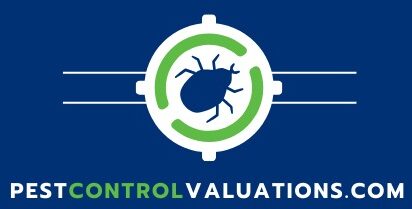Understanding Market Trends in the Pest Control Industry: What Buyers Need to Know (Part 1: Industry Growth and Consolidation)

Introduction
The pest control industry is undergoing rapid transformation, driven by evolving market demands, environmental concerns, and shifts in buyer behavior. For business owners and potential buyers, staying ahead of these changes is essential for maximizing value and ensuring long-term success.
In this first part of our series, we’ll explore the significant trends shaping the pest control industry, focusing on growth drivers, consolidation trends, and the increasing emphasis on sustainability.
1. Industry Growth Drivers
The pest control industry has been experiencing consistent growth, with projections showing a steady upward trajectory. Key drivers include:
- Urbanization: As urban areas expand, the demand for pest control services increases. Densely populated areas are more susceptible to infestations, creating a constant need for professional services.
- Climate Change: Changing weather patterns have altered pest behavior, extending their active seasons and increasing infestations. This has driven demand for year-round pest control services.
- Health and Hygiene Awareness: Heightened awareness about the role of pests in spreading diseases has led to increased demand for professional, reliable pest management solutions.
- Residential and Commercial Development: As new construction projects rise, particularly in suburban and urban areas, there is a growing need for pest control services during and after construction phases.

Key Statistic: The global pest control market is projected to grow at a compound annual growth rate (CAGR) of 5.2% between 2022 and 2028.

2. Consolidation Trends
The pest control industry is seeing a surge in mergers and acquisitions (M&A). Larger companies are actively seeking to acquire smaller, well-established businesses.
- Buyer Motivations: Larger firms aim to expand their geographical footprint, enhance service portfolios, and gain access to established customer bases.
- Seller Opportunities: For smaller business owners, selling to a larger company offers financial security and the chance to exit at peak valuation.
- Valuation Impacts: Consolidation drives competition among buyers, often leading to higher sale prices for smaller, profitable pest control businesses.
Real-World Example: Rollins, Inc., a global leader in pest control, has actively pursued acquisitions to strengthen its market presence. In 2021 alone, Rollins completed over 30 acquisitions worldwide.
3. Increasing Focus on Sustainability
- Eco-Friendly Products: The market for non-toxic, natural pest control solutions is growing as customers become more aware of the environmental and health impacts of traditional chemicals.
- Green Certifications: Businesses adopting eco-friendly practices and securing certifications like GreenPro or EcoWise gain a competitive edge.
- Sustainable Practices: Companies that implement sustainable practices in their operations, such as minimizing chemical usage or adopting integrated pest management (IPM) techniques, are more attractive to modern buyers.

Pro Tip: Highlight your green initiatives in marketing materials and during valuation discussions to appeal to eco-conscious buyers.
Conclusion
The pest control industry’s growth, consolidation, and sustainability trends offer both challenges and opportunities. For buyers, understanding these dynamics can inform smarter investments. For sellers, aligning with these trends enhances business value and marketability.
In the next post, we’ll explore how emerging technologies and regulatory impacts are reshaping the pest control landscape and influencing valuation strategies. Stay tuned!
